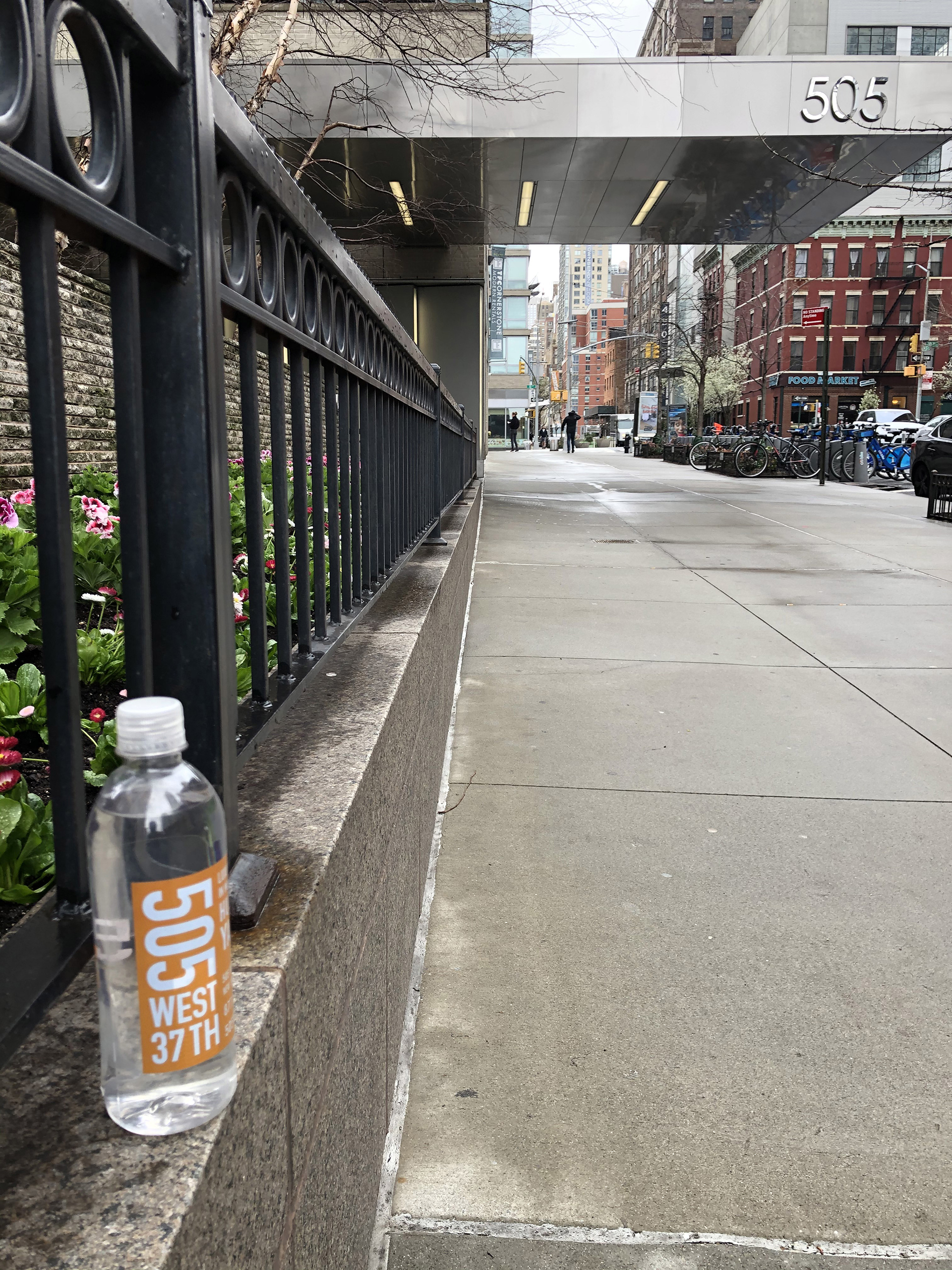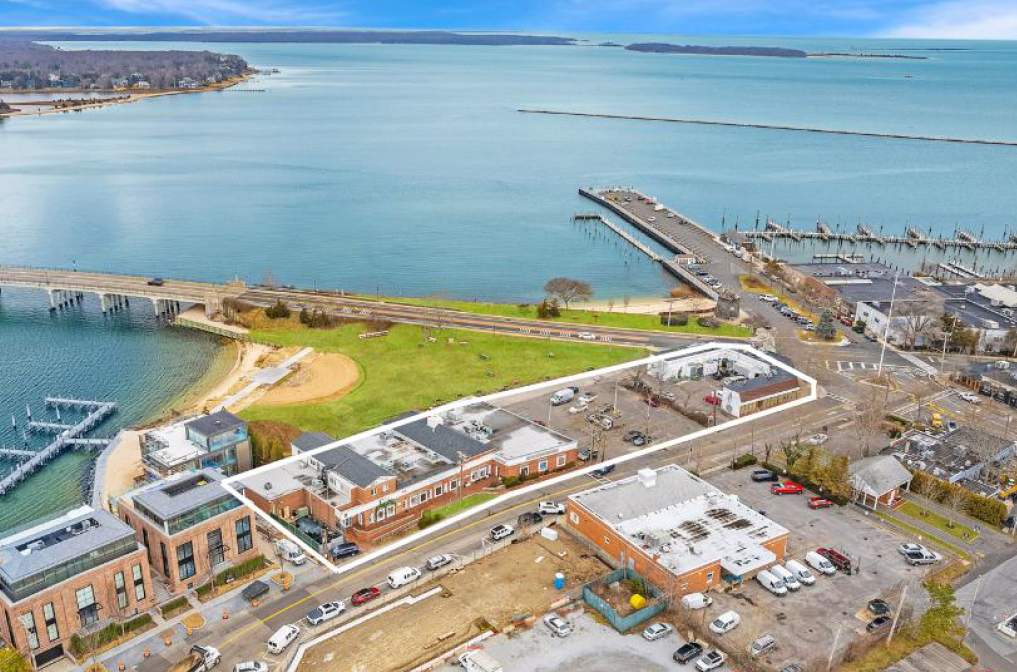U.S. Census: Missing Addresses, Missing People


It was August 2010. The decennial U.S. Census counting was coming to a close in Manhattan. We were wrapping up one of the final operations — Vacant Delete Check.
I was sitting in on a crew meeting at an outdoor café on West 43rd Street. As a supervisor in one of the most densely-populated districts in the country, I would bike from meeting to meeting to hear firsthand what workers were experiencing in the field. I was answering their questions and offering advice.
The idea behind Vacant Delete Check was to confirm that an address previously marked by a census taker as nonexistent was just that. If it was proven, the address was permanently deleted from the bureau’s master address list.
A census taker at the West 43rd Street meeting was uncertain how to proceed with a questionnaire for a West 37th Street address, lacking an apartment number. Should she delete it, since it did not correspond with an actual apartment?
Looking at the address, it was designated a single living space, but there were actually two buildings — one 43 stories tall, the other 34, with 845 apartments between them. The complex, owned by TF Cornerstone, was designed by Gary Handel Architects, and was one of the first in what has been an explosion of high-rise luxury residential buildings in the Hudson Yards neighborhood.
In April 2009, it was still under construction. An enumerator working in the Census Bureau’s address canvassing operation found it and recorded its location on a handheld computer, using a stylus pen to place a dot on a map.
Address canvassing creates the master list of residential addresses that must be accounted for, occupied or not, during the Census the following year.
At that time the Harris Corporation was providing the U.S. military with state-of-the-art GPS for American soldiers in war zones, but that was not the case with the handheld devices, also provided by Harris, issued to workers during the canvassing operation.
The quality of the maps produced by census takers have widely varied.
After the map spot was created for 505 West 37th Street in 2009, no one took the next step, which would have been to determine what the actual layout was of the apartments inside.
In March 2010, a single census form was mailed to the address without an apartment number. That form had not been returned, so the address was assigned to a census taker during the Nonresponse Follow-Up operation. The enumerator sent to the building in May 2010 decided to delete the address, since it lacked an apartment number. In doing so, the census-taker was following orders. A section of the 2010 Enumerator Manual read: “Although your job as a Nonresponse Follow-Up enumerator does not include looking for housing units that are missing from the address list, it is possible to discover an additional housing unit while interviewing at a Nonresponse Follow-Up address.”
What followed were instructions on how to add units, but the emphasis on the negative, “does not include looking for housing units that are missing,” with the word “not” highlighted, was an invitation to keep on walking. Deleting one address was a heck of a lot easier than creating 845 new ones.
I brought the building to the attention of my supervisor, Jon Baker, who was part of the permanent Census Bureau.
Baker was dedicated, bright, and creative. He was always looking for solutions. He asked me to try to get an accurate population count for the building.
There was no time to go unit, so I went and spoke to the concierge, who directed me to the on-site rental office. That agent told me to call TF Cornerstone. I called, and the company said it would not be able to help.
I visited the building a couple more times without success. Baker encouraged me to give it another shot.
In the rental office that day was a new face, an immigrant, happy to participate in this civic exercise in his adopted country. He took the time to give me a listing of every unit in both buildings, without names, but with the number of occupants as of April 1.
I do not know what would have happened had I not been sitting in at that meeting on West 43rd Street. Would 505 West 37th Street, and all its residents, remain uncounted?
Consider the alternative: What if someone had picked up the original single questionnaire in the mailroom, filled it out, and returned it? 505 West 37th Street would have been counted as a single-family residence.
David McMillen, of Cutchogue, was a demographer and statistician at the U.S. Census Bureau from 1979 to 1990. He then went to work as a staff member for the congressional committees charged with overseeing the Census, first in the Senate from 1991 to 1995, before joining the staff of the House of Representatives Committee on Government Reform from 1995 to 2006.
He told me what I experienced was no freak accident. Missing addresses is a regular occurrence. The master address list, he said, “has always been nearly perfect if you talk to the Census Bureau, but is incredibly problematic to anybody at the local level.”
The Census Address List Improvement Act, signed into law in 1994, was written to ensure local governments have a say in updating the Census Bureau’s list. However, the Census Bureau, with its penchant for secrecy, speaking in its own language of acronyms, does not mesh well with local government.
“If you are not on the address list,” McMillen said, “you don’t get counted.”
“The Census, Then and Now,” is an ongoing series in The Independent. The next piece will explore possible solutions to the current crisis the Census Bureau finds itself in due to the COVID-19 pandemic.
T. E. McMorrow has worked on three decennial censuses and was a field operations supervisor covering Manhattan in 2010. If you are a part of the 2020 operation and wish to comment on the current operation itself, excluding any personal information gathered, contact the author.
t.e@indyeastend.com



